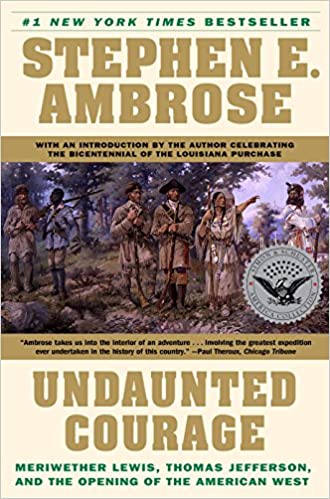
We love reading about the history and culture of the Pacific Northwest. Here are a few good books you might enjoy:
A Guide to the Indian Tribes of the Pacific Northwest
by Dr. Robert H. Ruby, John A. Brown, and Cary C. Collins
From such well-known tribes as the Nez Perces and Cayuses to lesser-known bands previously presumed “extinct,” this guide offers detailed descriptions, in alphabetical order, of 150 Pacific Northwest tribes. Each entry provides information on the history, location, demographics, and cultural traditions of the particular tribe.
Among the new features offered here are an expanded selection of photographs, updated reading lists, and a revised pronunciation guide. While continuing to provide succinct histories of each tribe, the volume now also covers such contemporary—and sometimes controversial—issues as Indian gaming and NAGPRA. With its emphasis on Native voices and tribal revitalization, this new edition of the Guide to the Indian Tribes of the Pacific Northwest is certain to be a definitive reference for many years to come.
Sacajawea
by Joseph Bruchac
Captured by her enemies, married to a foreigner, and a mother at age sixteen, Sacajawea lived a life of turmoil and change. Then in 1804, the mysterious young Shoshone woman known as Bird Woman met Meriwether Lewis and William Clark. Acting as interpreter, peacemaker, and guide, Sacajawea bravely embarked on an epic journey that altered history forever. Hear her extraordinary story, told by Sacajawea and by William Clark, in alternating chapters and including parts of Clark’s original diaries.

The Journals of Lewis and Clark
The Journals of Lewis and Clark are “the first report on the West, on the United States over the hill and beyond the sunset, on the province of the American future” (Bernard DeVoto).
Inside these journals, you’ll find a richly detailed record of the flora and fauna they sighted, the native tribes they encountered, and the awe-inspiring landscape they traversed, from their base camp near present-day St. Louis to the mouth of the Columbia River, that has become an incomparable contribution to the literature of exploration and the writing of natural history.

Undaunted Courage
by Stephen Ambrose
Explore the foundations of the Northwest with the definitive book on Lewis and Clark’s exploration of the Louisiana Purchase, the most momentous expedition in American history and one of the great adventure stories of all time. High adventure, high politics, suspense, drama, and diplomacy combine with high romance and personal tragedy to make this outstanding work of scholarship as readable as a novel.

Contested Boundaries
by David Jepson and David Norberg
Contested Boundaries: A New Pacific Northwest History is an engaging, contemporary look at the themes, events, and people that have shaped the history of the Pacific Northwest over the last two centuries. Bringing together the best features of a reader and a traditional textbook, this work features 12 stand-alone essays that thematically capture the essential narratives of Washington, Oregon, and Idaho, with features like timelines, illustrations, and sidebars that provide scholarly context.

Women in Pacific Northwest History
by Karen J. Blair
This new edition of Karen Blair’s popular anthology originally published in 1989 includes thirteen essays, eight of which are new. Together they suggest the wide spectrum of women’s experiences that make up a vital part of Northwest history.

Building Tillamook County’s Scenic Highways
by Garry Gitzen
Over 150 old photos and newspaper descriptions from 1918-1942 of building the Oregon coast highway over Neahkahnie Mountain and other scenic highways through Tillamook County, Oregon under perilous conditions.

Astoria: John Jacob Astor and Thomas Jefferson’s Lost Pacific Empire
by Peter Stark
Six years after Lewis and Clark’s began their journey to the Pacific Northwest, two of the Eastern establishment’s leading figures, John Jacob Astor and Thomas Jefferson, turned their sights to founding a colony akin to Jamestown on the West Coast and transforming the nation into a Pacific trading power. Author and correspondent for Outside magazine Peter Stark recreates this pivotal moment in American history for the first time for modern readers, drawing on original source material to tell the amazing true story of the Astor Expedition.

Timberline Lodge: The History, Art, and Craft of an American Icon
by Sarah Baker Munro
Timberline Lodge is both a museum of craft traditions and an active mountain destination. The first Magic Mile chairlift at Timberline was the second chairlift in the nation. The exterior of the lodge was used in the opening scene of The Shining, and visitors can see a piece of Room 237’s door and the axe immortalized by Jack Nicholson in the movie. Richly illustrated with historical photos and stunning new color photography, Timberline Lodge includes biographical sketches of nearly 60 artists and describes more than 250 works of art in the collection.





